History of hypnotism
Hypnotism in ancient times
Egyptians – 2650 B.C.
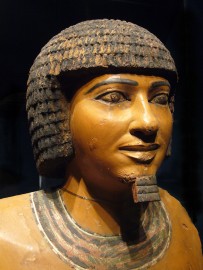
It is thought that ancient Egyptians used hypnosis, for both medical and religious purposes. A man called Imhotep (who lived from approximately 2650–2600 BC) was a doctor and also Chancellor to the King of Egypt. Documentation of his work was found in an Egyptian tomb from 1500 BC, a Papyrus is on show at the Brooklyn Children’s Museum, New York City.
Ancient Greece – 400 B.C.
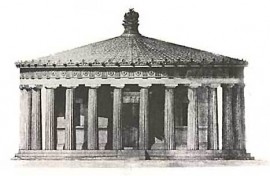
In ancient Greece, temples were built dedicated to the god of healing – Æsclepius (Aesculapius). The temples were built in the 5th and 4th centuries BC (2500 years ago!). It is thought that in the temples sleeping rituals took place to make people dream, to cure illnesses.
Romans – 400 A.D.
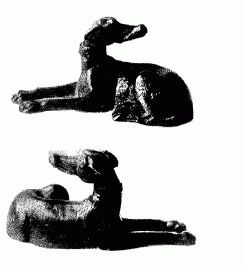
The Romans built healing temples throughout their Empire. The Romans dedicated their Sleep Temples to the god Apollo. In 1828 a Roman Temple was dug up Lydney Park, Gloucestershire, UK. It was build in around 400 BC, it is thought to have been a healing temple (because statues of dogs were found, Romans thought dogs licked wounds clean – yuck!).
Avicenna – 980 A.D.
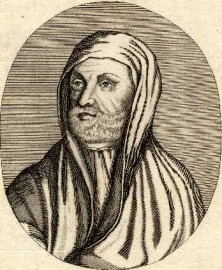
An ancient account of hypnotism is from Avicenna (Full name: Abū ʿAlī al-Ḥusayn ibn ʿAbd Allāh ibn Sīnā, (what a mouthful), who lived from 980 – 1037AD). He was a Persian psychologist and physician, and was the earliest to make a distinction between sleep and hypnosis.
The Book of Healing – 1027
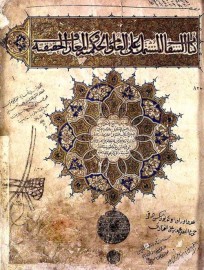
In The Book of Healing, published in 1027, Avicenna referred to hypnosis in Arabic as al-Wahm al-Amil, stating that one could create conditions in another person, (hypnotise them), so that they believe the things they are told when they are hypnotised.
Hypnotism before 1900
South Asian Religions – 1655
Eastern ancient spiritual practices heavily influenced ideas in the 19th century. One key piece of writing was the ‘School of Religions’, which looks at South Asian religions in the 17th century. The work was written in about 1655 AD. It tells how the Magi of Persia and Yogi of India have used meditation in this manner for the last 2,400 years, by maintaining a steady fixed gaze at the tips of their noses. I wonder if they were cross-eyed?
Franz Mesmer – 1734
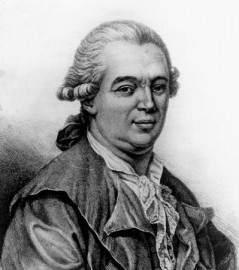
In the 18th century a German doctor called Franz Mesmer (1734 –1815) was the first westerner to become involved with hypnotism, although he called it ‘animal-magnetism’ or ‘mesmerism’. This was to describe what he believed to be an invisible natural force exerted by animals.
James Esdaile – 1805
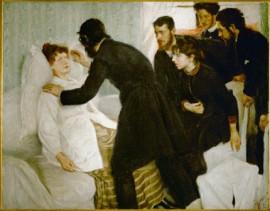
The surgeon James Esdaile (1805–1859) reported on 345 major operations that were performed in India using mesmeric sleep as the only anaesthetic to stop people feeling pain.
Abbé Faria – 1819
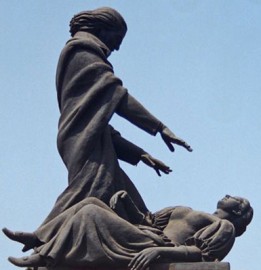
In the early 19th century, Abbé Faria (1756 –1819) introduced Eastern mesmerism to Paris. Faria conducted experiments to prove that no special force was necessary to put people into a trance, he showed mesmerism worked purely by the power of suggestion and the subject deciding to let themselves be hypnotised.
Récamier – 1821
In 1821 a man called Récamier, was the first physician who used hypnotism or something like it to operate on patients. They were put into a mesmeric coma and they felt no pain because they were under hypno-anaesthesia. Isn’t this amazing!
James Braid – 1841
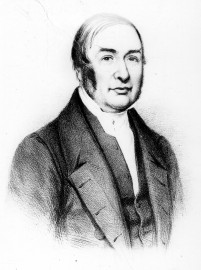
In 1841 a Scottish surgeon called James Braid (1795 – 1860) observed an operation of animal magnetism let by a Swiss magnetic demonstrator called Charles Lafontaine (1803 – 1892), in the UK. He was invited to come up on stage to examine the mesmerised subjects. He concluded that they were, indeed, in quite a different physical state.
The term ‘Hypnotism’ – 1843
It was James Braid who invented the term ‘hypnotism’ and was known as a pioneer of hypnotism and hypnotherapy. Many regard him as the first hypnotherapist in Britain. In 1843 his book Neurypnology was published on the subject.
Braid’s first experiments – 1857
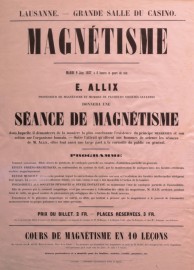
Braid decided to do some experiments on himself. First he hypnotised himself. These experiments demonstrated to him that hypnotism wasn’t due to the gaze, charisma or ‘magnetism’ of the operator.
Jean-Martin Charcot – 1860
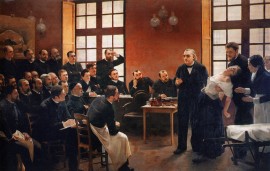
The neurologist Jean-Martin Charcot (1825–1893) thought hypnotism was very good for the treatment of hysteria. He led a number of experiments in France, Germany, and Switzerland.
The Nancy School and Salpetriere School – 1866
In the 19th century two key schools were established in France with differing opinions about hypnotism. The two schools were called The Nancy School, led by Ambroise Liebeault, and The Salpetriere School, led by Jean-Martin Charcot.
Annie De Montford – 1880
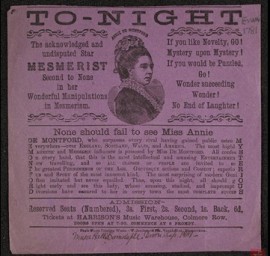
Annie De Montford was a British stage mesmerist in the 1870s. This poster advertised a show in a music hall, Barnstaple, Devon in the UK.
Sigmund Freud – 1885
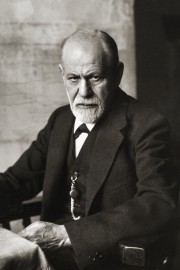
Sigmund Freud (1856 –1939) was an Austrian neurologist who became known as the founding father of psychoanalysis. He studied at Charcot’s Salpetriere School in 1885. He then went to the Nancy School to understand different points of view on the subject of hypnotism. Freud rejected the practice of hypnosis in favour of other methods in psychology he later developed.
The First International Congress for Experimental and Therapeutic Hypnotism – August 8, 1889
From the 1880s the examination of hypnosis passed from surgical doctors to mental health professionals. The First International Congress for Experimental and Therapeutic Hypnotism was held in Paris, France, on 8–12 August 1889.
British Medical Association – 1892
In 1892, the British Medical Association accepted the scientific merit and practice of hypnosis.
Swami Vivekananda – 1893
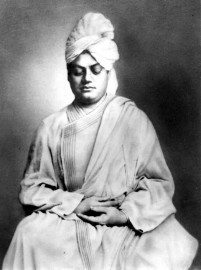
In 1893, Swami Vivekananda (1863 – 1902) presented the Indian tradition of yoga at the Chicago World’s Fair, introducing the audiences to a technique that was hardly known outside of India at the time.
Modern hypnotism
University of Wisconsin – 1920
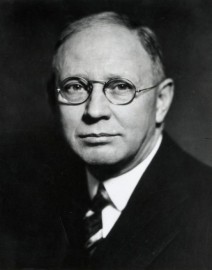
In the 1920’s a scientific study of hypnosis was performed at the University of Wisconsin, in America, led by Clark Hull (1884 – 1952). Hull continued his research at Yale University. He is often credited with having begun the modern study of hypnosis.
Emile Coué – 1922
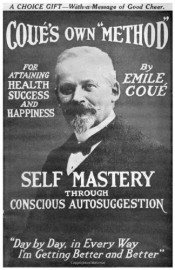
French pharmacist turned hypnotherapist, Emile Coué (1857 – 1926) was an influential figure at this time in the field of hypnosis. He was interested in the use of placebos (pretend cures, that patients think are real, and feel that they are improving their health) and the power of suggestion to encourage healing. He published ‘Self-Mastery Through Conscious Autosuggestion’ in 1922.
Svengali – 1932
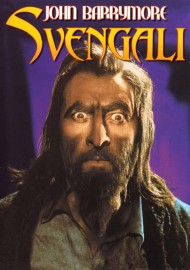
Svengali’ is a movie about how through hypnotism and mind control, a sinister music maestro controls the singing voice of the woman he loves.
The Hare-Brained Hypnotist – 1942
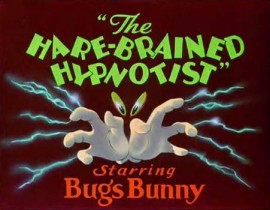
The Hare-Brained Hypnotist is a Bugs Bunny cartoon that aired on October 31, 1942.
The Brighton Hippodrome – November 30, 1948
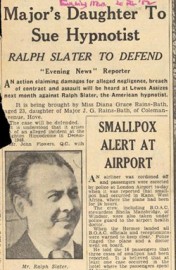
During a stage show at The Brighton Hippodrome in December 1948 an 18 year old girl, Diana Grace Rains-Bath, was hypnotised by Ralph Slater. During the show she was told, “You will be like a little baby that is going to be frightened and crying for its mother”. After the show, Diana Grace Rains-Bath seemed fine. However, within 10 days she felt ‘clouded’. She lost interest in everything, became miserable and had long fits of crying. Her parents blamed Slater for not releasing their daughter from the hypnosis and sued him in court. He was forced to leave the country.
Ralph Slater – 1950
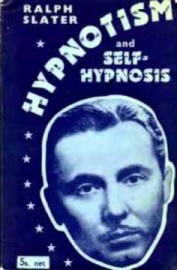
Russian born American hypnotist called Ralph Slater. He wrote a popular book entitled ‘Hypnosis and Self Hypnosis’ in 1950.
The Amazing Kreskin – 1950
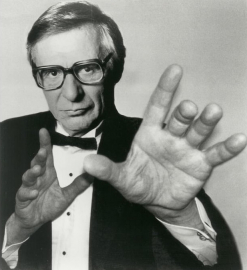
American magician and performer, The Amazing Kreskin (born 1935) did lots of performances using hypnotism on stage. He did it without using any hypnotic induction (that’s the bit where you lull the subject into a trance). By his teens he became nationally recognized in the United States as “The World’s Youngest Hypnotist”.
The Hypnotism Act – 1952
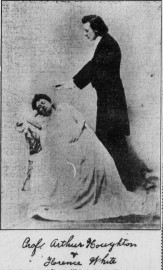
In 1952 ‘The Hypnotism Act’ came about. This regulated what stage hypnotists could do on stage and the way they were supposed to hypnotise people.
Stage Performers and Popular Culture – 1952
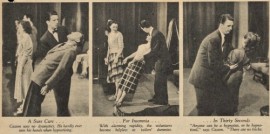
Scientific experiments in the past were often performed in front of an audience. This was a good way for scientists to excite the public but also to increase awareness of their research.
The She-Creature – 1956
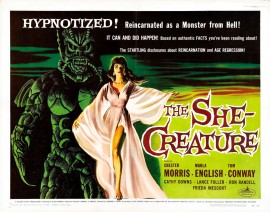
In this movie, a mysterious hypnotist turns his beautiful assistant back into the form of a prehistoric sea monster that she was in a past life.
Pixie and Dixie – 1959
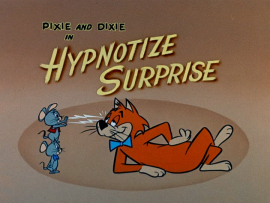
In this episode, called ‘Hypnotize Surprise’, the two mice Pixie and Dixie try some hypnotism on Mr Jinks, the cat. It all goes wrong when they make him think he’s a mouse.
The Hypnotic Eye – 1960
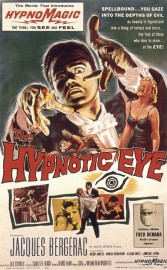
In this movie a stage hypnotist’s ugly helper suggests terrible things to beautiful hypnotised women.
Pat Collins – 1960
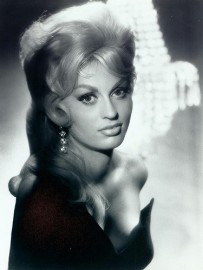
Pat Collins was a famous female hypnotists. Known as ‘The Hip Hynotist’ she frequently appeared on TV, talk shows and movies in the 1960’s.
The Jungle Book -1967
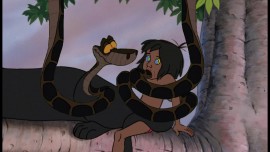
Scooby-Doo – November 15, 1969
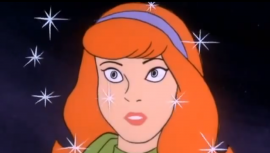
In the episode called ‘Bedlam in the Big Top’ an evil clown hypnotises Daphne, who is a member of the Scooby-Doo team.
Dave Elman – 1970
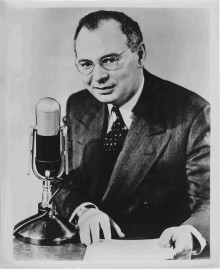
Dave Elman (1900 – 1967) was an American radio host and songwriter, who went on to become an influential hypnotherapist. He wrote the classic manual ‘Hypnotherapy’ in 1970.
Ormond McGill – 1994
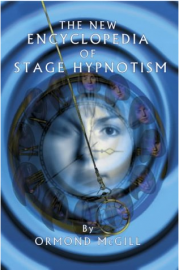
Ormond McGill (1913 – 2005) wrote a book called ‘The New Encyclopedia of Stage Hypnosis’ (1994). In it he describes ways that fake hypnosis is done on stage “I have been to a stage hypnosis show and I got the feeling that people pretend to be hypnotised.
The Demon Headmaster – 1996
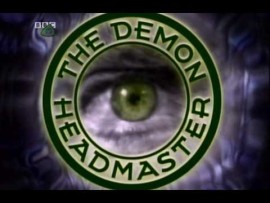
Gillian Cross’s “Demon Headmaster” novels tell the story of an evil headmaster who uses hypnosis to control his school. The first book was adapted into a TV series in the UK by the BBC. The first episode of ‘The Demon Headmaster’ was aired on the 2nd January 1996.
Zoolander – 2001
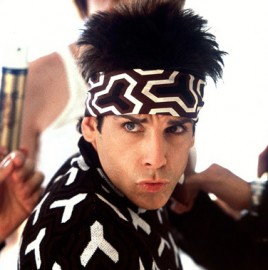
Zoolander is a movie about a fashion model who is hypnotised to kill the Prime Minister of Malaysia.
Derren Brown – 2007
Derren Brown (born 1970) is an English stage performer with hypnotism in his act.
Christopher Gree – 2013
An artist in Residence at the British Library, and supported by the Wellcome Trust
Hypnotherapy now – 2015
Hypnotherapy is still used today for medical purposes and to sort out of people’s psychological problems.
It is used all over the world to help people break habits. The NHS (the UK’s National Health Service) states that there is no strong evidence to show that hypnosis really works. Hypnosis does seem to have an effect, though scientists disagree about how it works. Some experts see it as a relaxation technique that uses the power of suggestion and relies on the placebo effect (this is when people believe that a medicine is working, even if it doesn’t have the power to work, so that actually it is their belief and not the medicine itself that is curing them).
